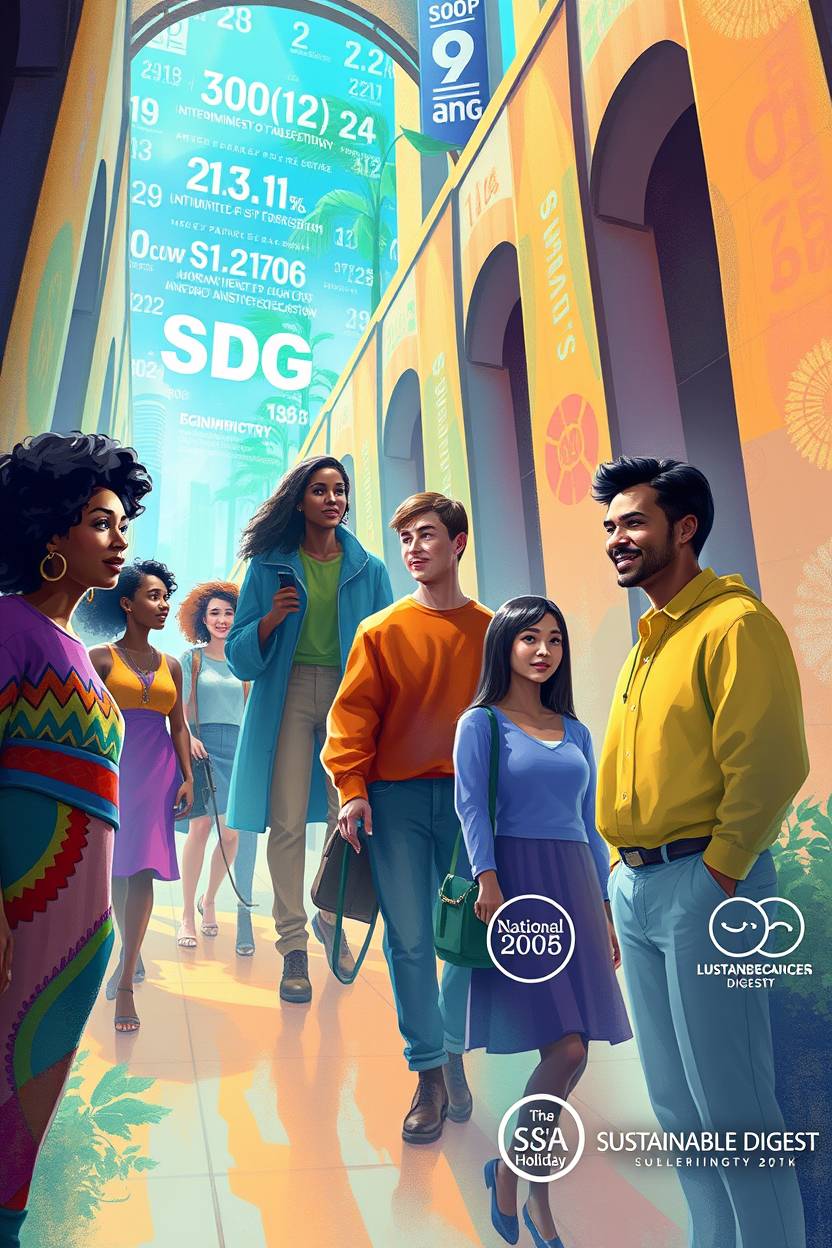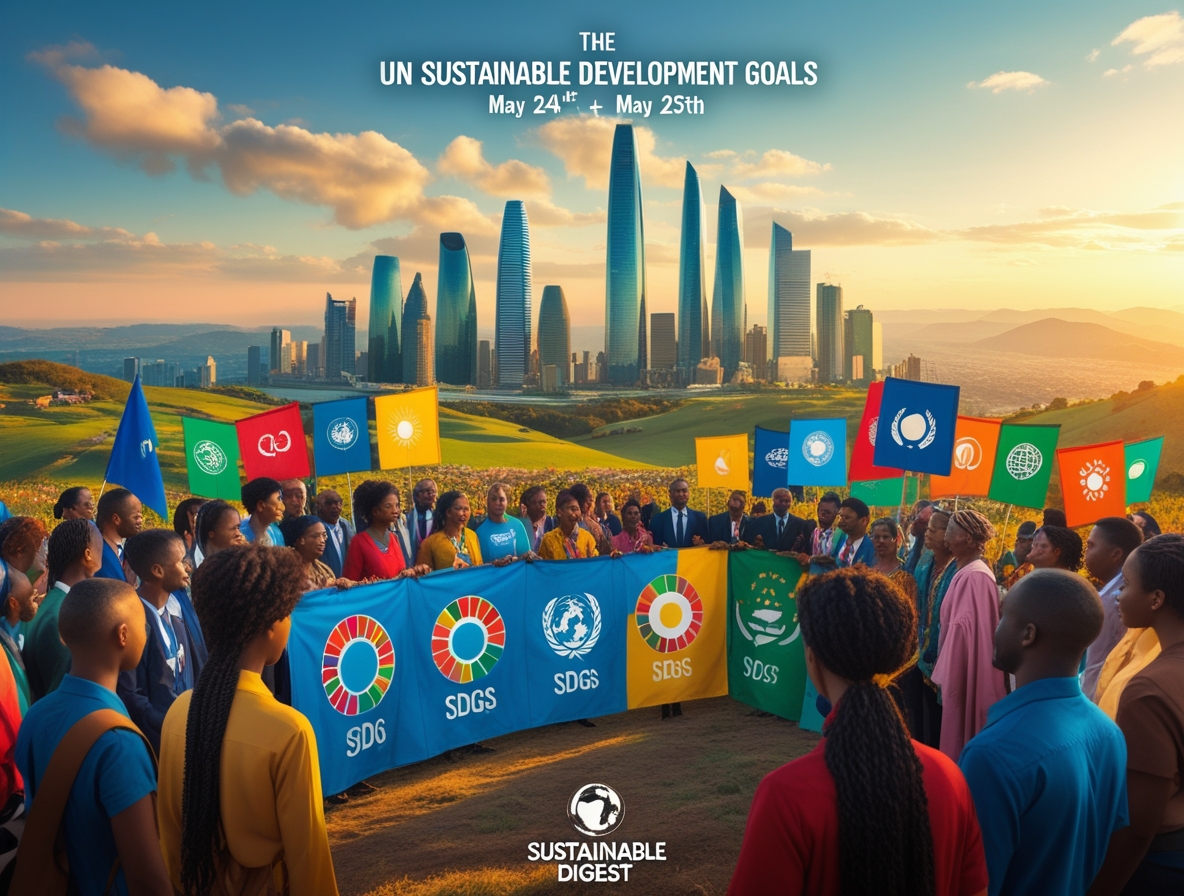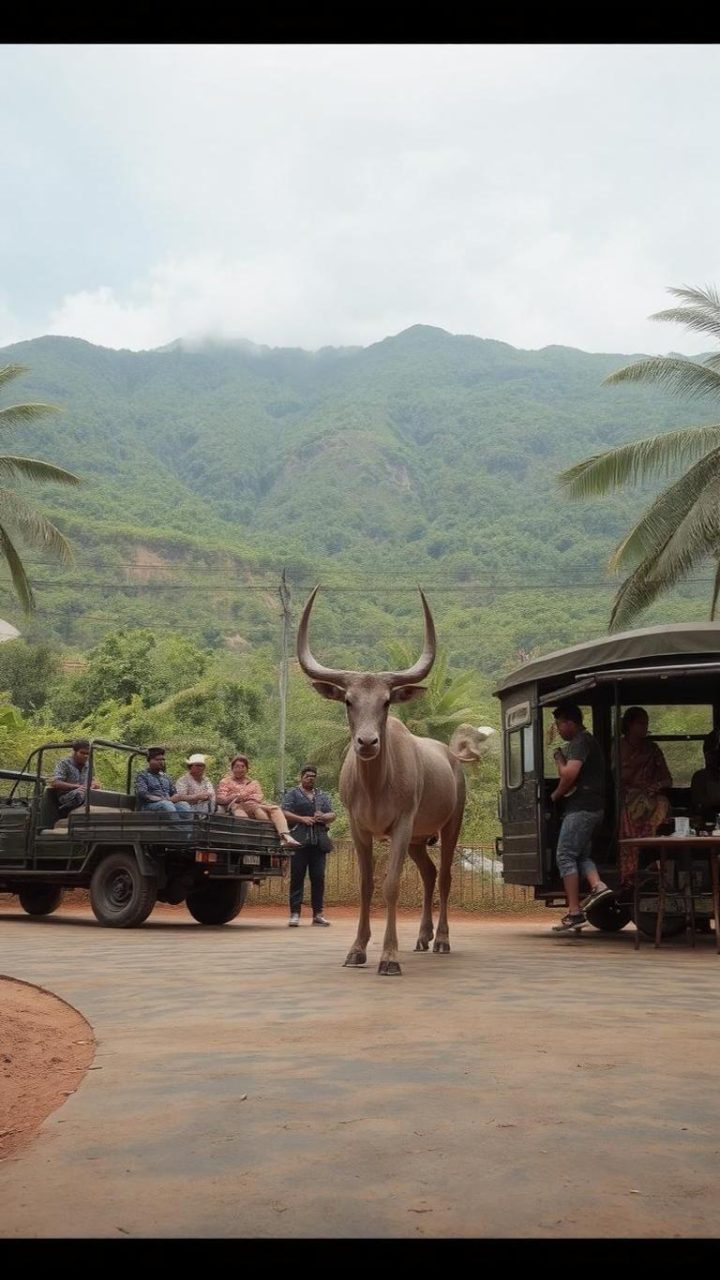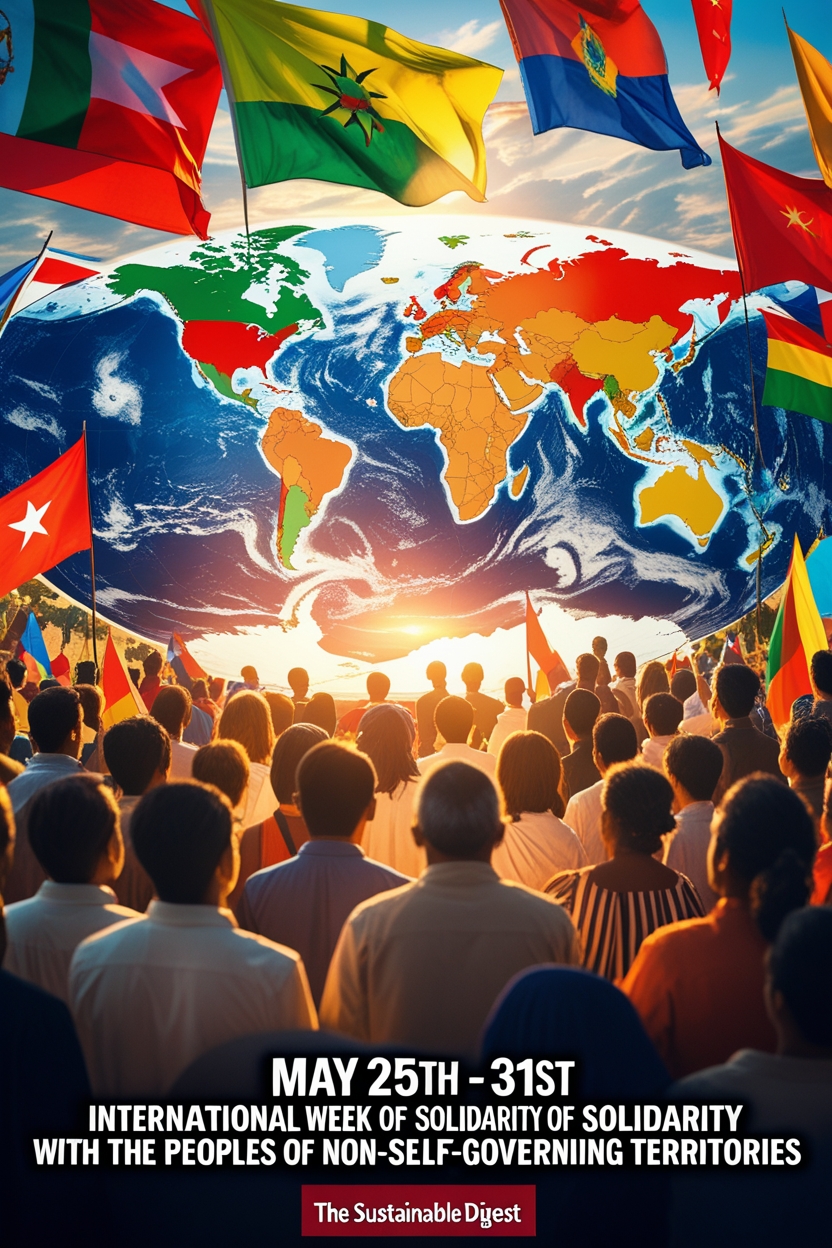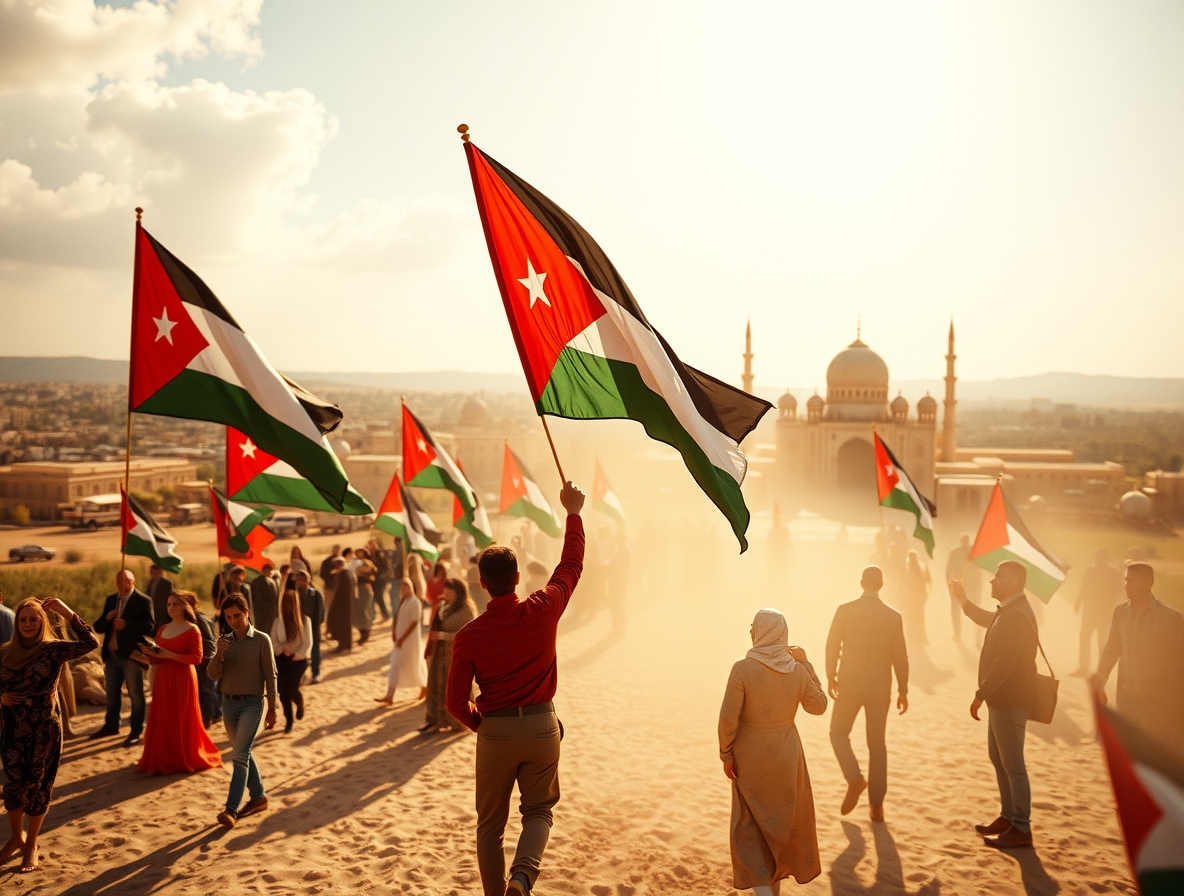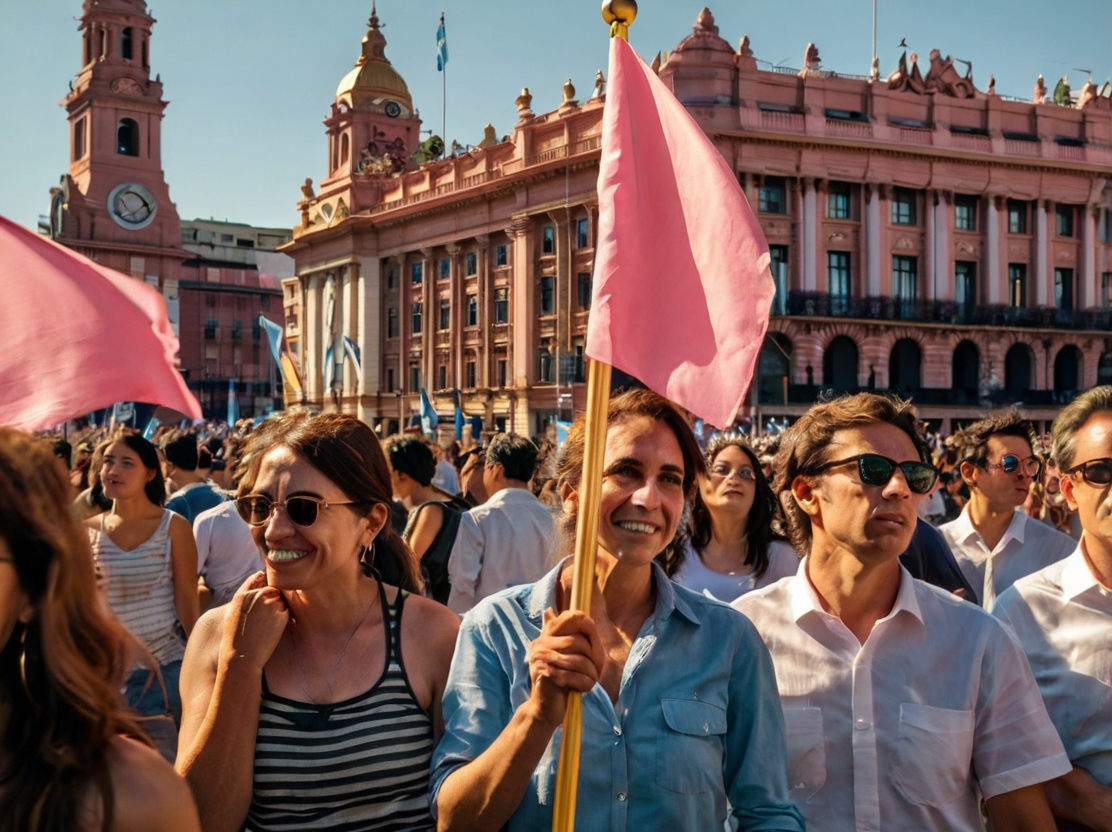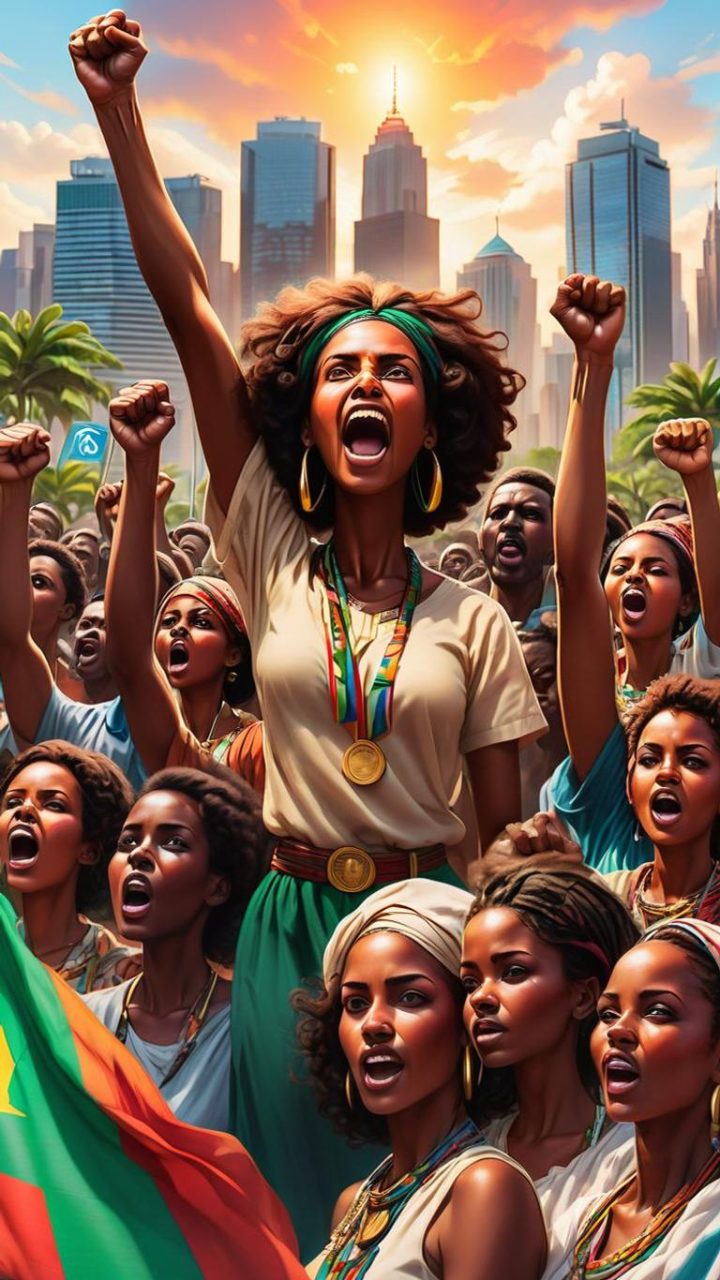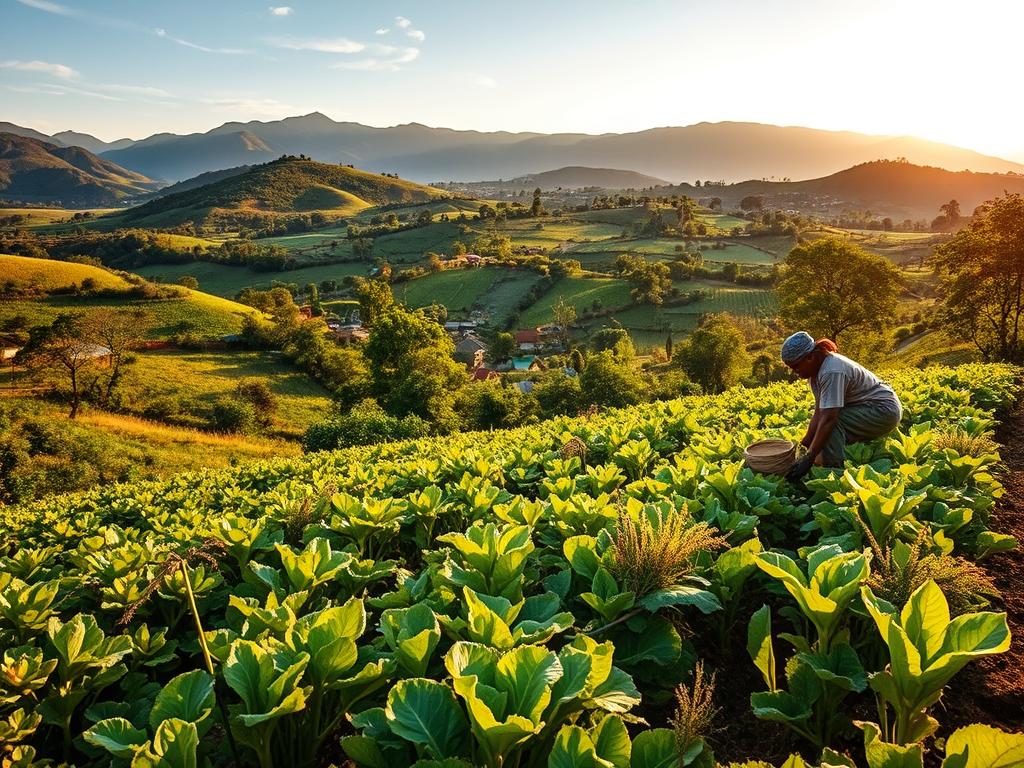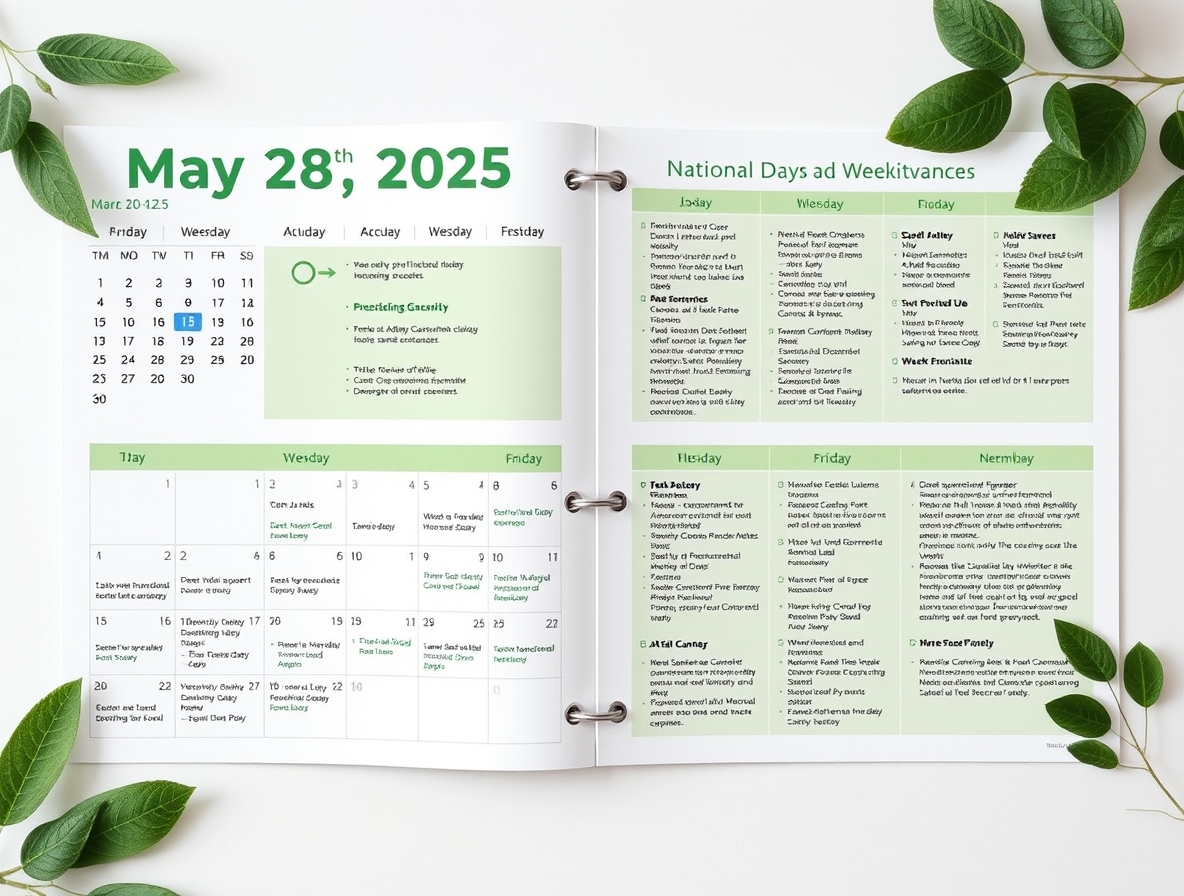
Late May is a special time to celebrate cultural traditions and care for our planet. From May 26th to 28th, 2025, people across the country will come together. They will honor important days that mix old customs with new environmental goals.
These events show how old traditions can meet today’s challenges. They use eco-friendly celebrations and community efforts. This mix helps us learn about our heritage and how to protect the planet.
Organizers of these events are using green standards. They make parades and festivals better for the environment. Solar stages and biodegradable decorations are just a few examples. These changes show that caring for the planet can make celebrations even better.
The late-May calendar also shows how farming traditions and city green projects connect. It offers new ways to involve people from all walks of life.
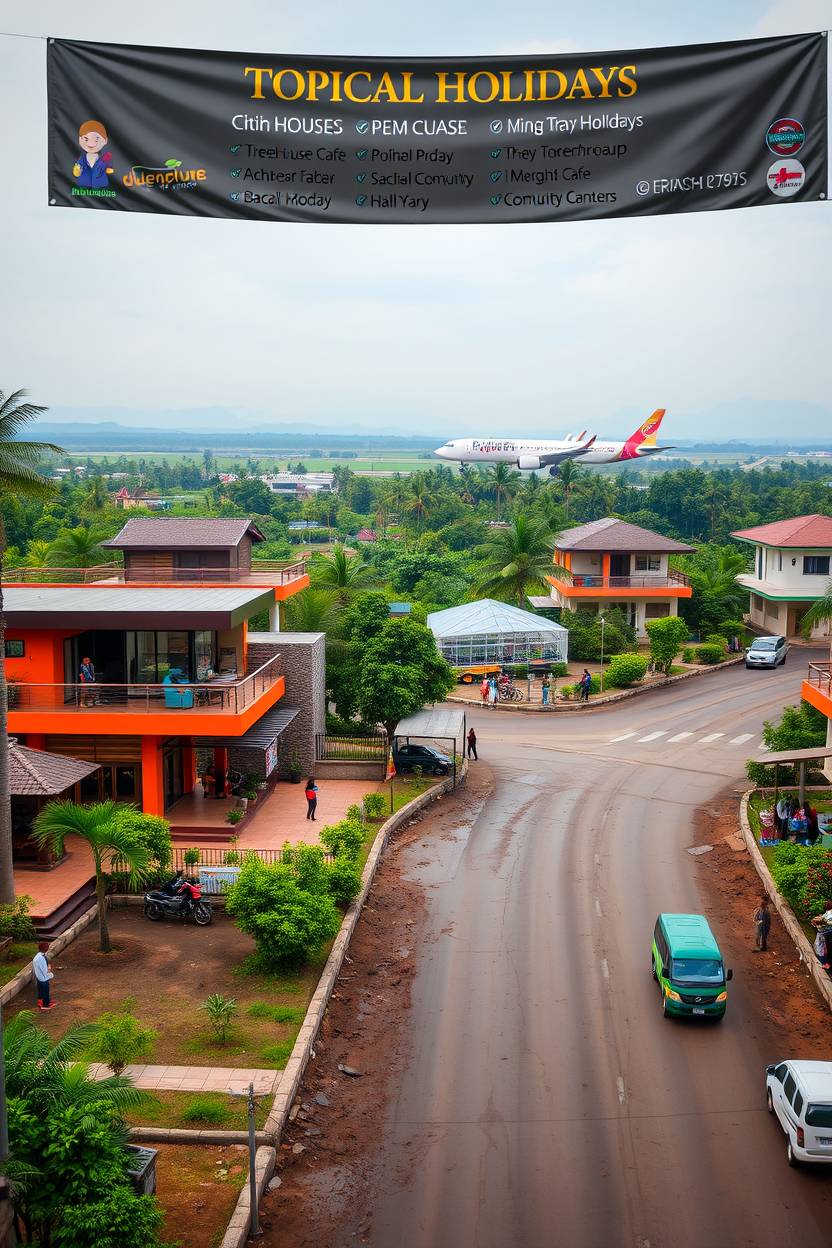
May 26th to 28th 2025 National Days and Week Observances with Sustainability
Between May 26 and 28, 2025, nations worldwide will celebrate cultural milestones while advancing environmental stewardship. This three-day period highlights how traditional observances increasingly align with the United Nations Sustainable Development Goals. It blends heritage preservation with modern ecological priorities.
Calendar Overview of Key Dates
| Date | Country/Region | Observance | Sustainability Focus |
|---|---|---|---|
| May 26 | Ethiopia | National Day | Reforestation initiatives |
| May 26 | India | Savitri Amavasya | Sacred tree conservation |
| May 28 | Azerbaijan | Republic Foundation Day | Clean energy investments |
| May 28 | Israel | Jerusalem Day | Urban green space protection |
Connecting National Pride to Environmental Action
Ethiopia’s National Day celebrations now include community tree-planting drives across Addis Ababa. This tradition supports the country’s pledge to restore 15 million hectares of degraded land by 2030. “Our history and future grow together,” states a government spokesperson, emphasizing the cultural significance of native species.
In Azerbaijan, the Republic Foundation Day features solar-powered light installations at historical sites. UNESCO recognizes this approach, having designated the Gobustan Rock Art Cultural Landscape as both an archaeological treasure and ecological preservation zone.
Savitri Amavasya observances in India demonstrate spiritual-environmental connections. Families honor the banyan tree’s cultural importance while participating in forest protection workshops. Jerusalem Day activities similarly merge tradition with ecology, as volunteers maintain ancient olive groves near holy sites.
These events prove national identity and environmental care aren’t competing priorities. Through creative programming, countries achieve dual progress on cultural preservation and climate targets outlined in international agreements.
World Hunger Day: Addressing Food Security Challenges

World Hunger Day 2025 highlights the need for food system changes to fight malnutrition. Communities are adopting sustainable living practices to ensure food reaches everyone. This section looks at new ways to make nutritious meals available to all.
Breaking Down Barriers in Nutrition Access
Now, global hunger solutions focus on local food networks over old aid models. The UN World Food Programme has 2025 goals. They aim to use technology to cut waste and make supply chains clear.
Farm-to-Table Sustainability Programs
Detroit’s vertical farming projects have boosted fresh food access by 40% since 2023. They use hydroponics. In Manila, blockchain tracks 78% of farm-to-market paths, cutting down on waste by:
- Monitoring temperatures in real-time
- Using automated payment systems for farmers
- Showing where food comes from to consumers
| City | Urban Farms (2025) | Crop Yield Increase | Community Participation |
|---|---|---|---|
| Detroit | 217 | 63% | 15,000 residents |
| Manila | 184 | 57% | 22,000 residents |
| Nairobi | 132 | 48% | 9,500 residents |
Urban Landscapes Transforming Food Production
In Chicago, rooftop gardens grow enough kale for 30 public schools every week. These efforts meet International Sustainable Community Development goals by:
- Harvesting rainwater
- Using solar-powered grow lights
- Teaching composting
UN World Food Programme 2025 Targets
The WFP’s climate-resilient crop project has trained 45,000 urban farmers in 12 countries. Their 2025 plan has three main goals:
- Reduce urban food deserts by 50%
- Grow community composting sites by 30%
- Boost nutrient-dense crops by 20%
Water Saving Week: Conservation Strategies
Water Saving Week shines a light on ways to save water for cities and homes. This year, we focus on new tech and community efforts to protect our planet.
Municipal Water Management Innovations
Smart Irrigation Systems in Agriculture
California’s Central Valley is using Israeli-developed sensor technology to cut down on water waste by 35%. These smart systems check soil moisture and weather live, adjusting water flow for better irrigation.
Farmers see a 22% boost in crop yields and save water. “The system pays for itself in two growing seasons,” says Fresno County’s Agricultural Commissioner. Kenya is also starting to use this tech, thanks to the World Bank.
Household Water Efficiency Techniques
Greywater Recycling Success Stories
In Phoenix, people reuse 14 million gallons of water every day thanks to greywater programs. The Home Water Loop Initiative helps homeowners save water by using shower and laundry water for plants.
Phoenix’s program has shown great results:
- 40% less water use in homes
- $78 monthly savings on bills
- 600+ jobs in plumbing and maintenance
This approach is being used in other water-scarce areas. Namibia is using Phoenix’s ideas to help off-grid communities with water and solar power.
“Water conservation drives economic resilience – every dollar invested returns $4 in community benefits.”
UN Water Resources Report 2025
Amnesty International Day: Rights & Environment

Amnesty International Day shows how human rights and protecting the environment are connected. Climate crises hit hard on communities that are already struggling. This makes it crucial to link social justice with saving our planet.
Climate Justice Case Studies
Local actions can change global climate policies. Indigenous groups are leading the way with their ancient wisdom and modern activism.
Indigenous Land Protection Campaigns
The Kayapó nation has saved over 1.2 million hectares of the Amazon from deforestation since 2023. They work with UNWTO approved ecotourism to protect their culture and nature. “Our forests breathe life into the world – protecting them is non-negotiable,” says Kadjyre Kayapó.
They’ve made big strides:
- 25% less illegal logging in their areas
- 14 new wildlife corridors in 2024
- 83% more community-led patrols
Corporate Accountability Frameworks
New rules are making companies take responsibility for the environment. The EU’s Corporate Sustainability Reporting Directive is a big step:
| Requirement | Implementation Deadline | Key Metric |
|---|---|---|
| Supply chain deforestation audits | Q3 2025 | 100% raw material tracing |
| Biodiversity impact disclosures | Q1 2026 | Species-specific habitat analysis |
| Climate transition plans | Annual reporting | Scope 3 emission targets |
Environmental Due Diligence Standards
The World Economic Forum has set new rules for businesses to be nature-positive. They must show:
- Water stewardship certifications for their facilities
- Third-party verified carbon removal investments
- Indigenous consultation protocols for land projects
These rules match Amnesty International’s call for strict environmental rules. Over 240 companies have agreed to follow these standards by 2026.
Cultural Celebrations with Green Practices
Nations around the world are making traditional events more sustainable. They mix cultural pride with caring for the environment. This shows how we can celebrate and protect our planet at the same time.
Philippines National Flag Day Events
In Manila, they’re making flags in a green way. They use organic sinamay instead of synthetic materials. This is made from abaca fibers.
Artisans dye these flags with plant-based colors. They use turmeric and indigo. This way, they avoid harmful chemicals in the water.
Eco-Friendly Fabric Dyeing Techniques
They use special methods to keep water clean:
- Mangrove bark tannins for rust-red hues
- Cold dye baths to save energy
- Wastewater filtration through banana trunk systems
They teach these old techniques in workshops. This way, flags can honor history and protect our planet.
Georgia/Guyana Independence Celebrations
In Tbilisi, they have solar-powered floats in their parade. These floats save energy for when it gets dark. This cuts down on diesel generator use by 80% during the celebrations.
Low-Waste Festival Planning Guides
Georgetown shows how to plan big events without waste:
| Strategy | Impact | Cost Saving |
|---|---|---|
| Bamboo food containers | Reduces plastic waste by 92% | 15% lower than disposables |
| Drone light shows | Eliminates fireworks pollution | 40% budget reduction |
They work with urban farms to compost 3 tons of waste every day. This helps keep their celebrations clean and green.
Historical Abolition Commemorations

Today, we link old freedom fights to new green efforts. This link is clear in the Caribbean, where freedom days meet eco-care. It’s a mix of culture and nature.
Caribbean Emancipation Traditions
Places like Saint Martin and Guadeloupe use Abolition Day to teach about the environment. In Martinique, old plantations are now green tourism spots. They have:
- Solar-powered museums on freedom history
- Organic spice farms run by freed community descendants
- Zero-waste festivals using old cooking ways
Sustainable Development in Post-Colonial Economies
Martinique’s Route des Rhums shows how old sites lead to green growth. Old sugar fields now have wind farms owned by cooperatives. These farms power 15% of the island.
A local historian says:
“Our freedom journey continues through energy independence – every turbine represents economic self-determination.”
This effort matches the international year of cooperatives goals. It has created 2,300 green jobs since 2022. Guadeloupe also links Slavery Abolition Day with mangrove restoration to protect coasts.
Modern Anti-Trafficking Initiatives
Today, fighting human exploitation includes protecting the environment. Ghana’s Anti-Trafficking Task Force has a new program. It links:
- Solar panel making vocational training
- Fair wages in renewable energy
- Blockchain for ethical supply chains
SDG 8.7 Implementation Progress
Ghana has cut child labor by 42% and boosted clean energy by 18% since 2023. This success comes from working together. It involves:
| Stakeholder | Role | Impact |
|---|---|---|
| Local Chiefs | Land allocation | 1,200 acres for solar farms |
| Tech Startups | Skills training | 85% job placement rate |
| UN Agencies | Funding oversight | $18M secured |
These efforts show how old fights for freedom lead to new green plans. By mixing history with green tech, countries build strong, fair futures.
Non-Self-Governing Territories Week

Global focus shifts to marginalized areas during the International Week of Solidarity. Climate action and cultural preservation are key. This week showcases how territories tackle ecological issues while saving their heritage.
Pacific Island Climate Resilience Programs
Island territories face big climate challenges. They’re making big moves towards renewable energy. For example, American Samoa plans to switch 65% of its power to solar by 2030.
| Territory | Renewable Target | Key Projects |
|---|---|---|
| American Samoa | 65% solar by 2030 | Off-grid microgrids for 12 villages |
| Guam | 50% clean energy by 2035 | Wave energy pilot near Apra Harbor |
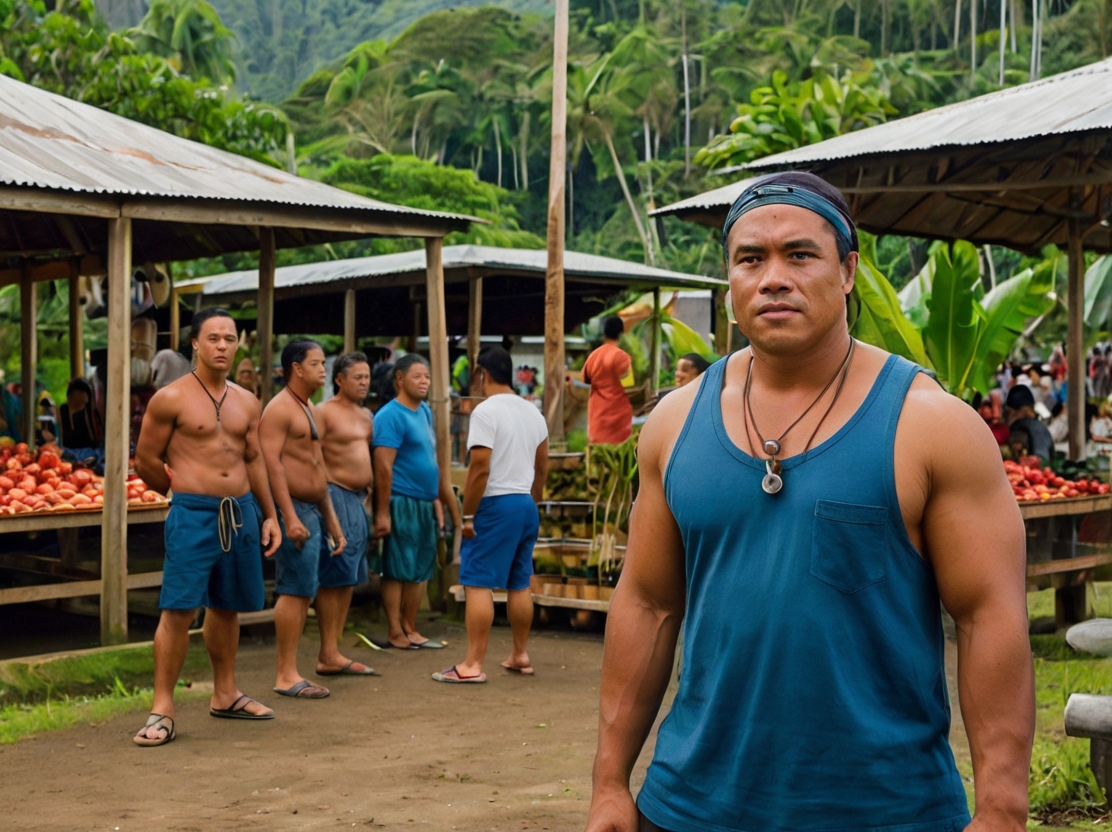
Renewable Energy Transition Roadmaps
Guam is also working on saving its coral reefs. This effort goes hand in hand with its energy shift. “Healthy reefs reduce storm surge impacts by 97%,” says a Guam Department of Agriculture report. These actions help communities become more resilient.
Cultural Preservation Strategies
Protecting heritage is crucial for sustainable growth in dependent territories. Guam has turned historic latte stone sites into solar-powered visitor centers. This mix of old and new shows how green tech can respect tradition.
UNESCO World Heritage Site Protections
Places like American Samoa’s National Park boost eco-tourism while keeping indigenous ways alive.
“World Heritage status helps territories protect ancestral lands while creating green jobs,”
UNESCO Pacific Director
This approach has led to a 40% increase in marine protected areas since 2020.
Samoan Language Week Initiatives
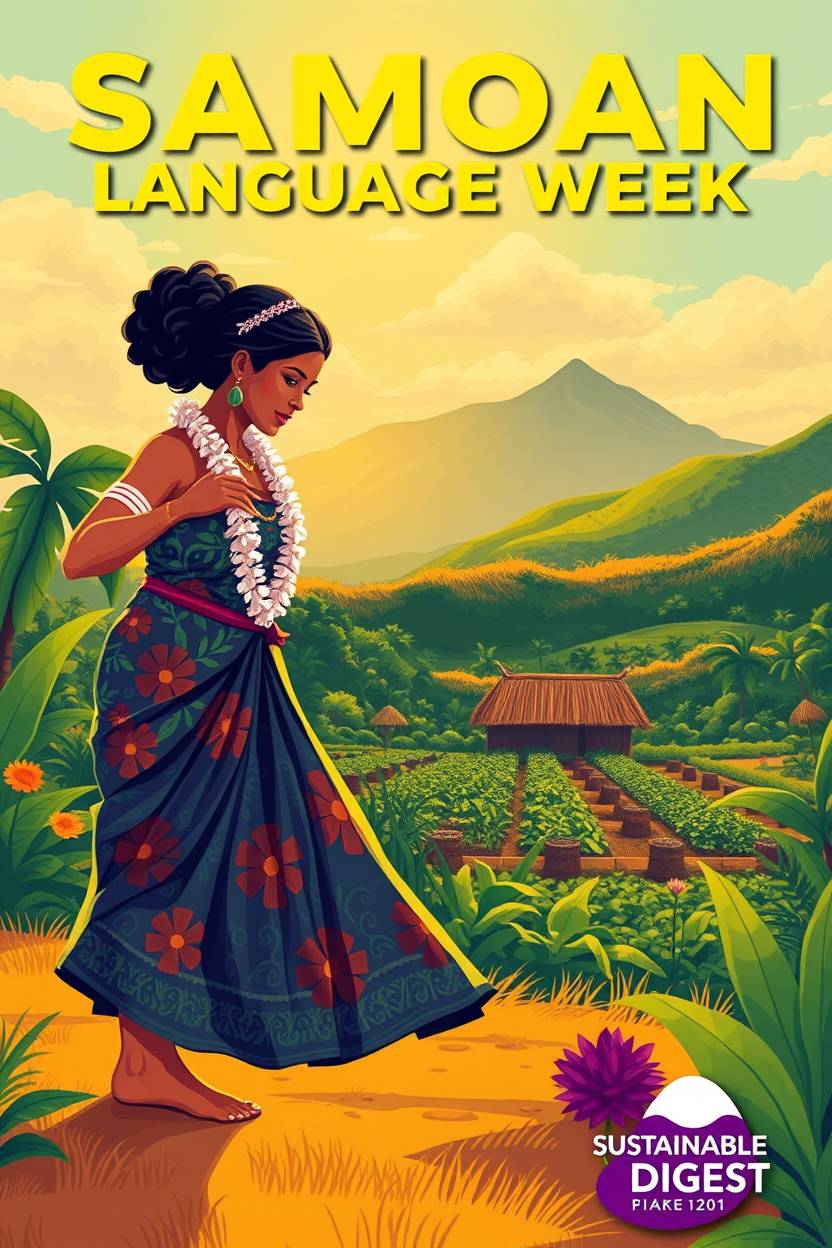
From May 25th to 31st, communities worldwide celebrate Samoan Language Week. They do this through projects that mix cultural preservation with caring for the environment. This year, they use new technology and education to protect languages and promote sustainable lifestyle initiatives.
Digital Language Preservation Tools
Carbon-Neutral Cultural Archives
Auckland has introduced solar-powered language kiosks. These stations are a big step in keeping heritage green. They offer:
- Interactive Gagana Sāmoa lessons using clean energy
- Digitized stories from elder knowledge keepers
- Links to Samoa’s National Virtual Library in real time
The University of South Pacific has launched cloud archives with 12,000 hours of indigenous stories. Their servers run on geothermal energy, making them carbon neutral. This helps protect rare linguistic resources.
“Language preservation isn’t just about words – it’s about sustaining the ecosystems those words describe.”
Dr. Lina Atoa, UNESCO Pacific Heritage Director
Community Education Partnerships
Bilingual Sustainable Development Curricula
Hawaii’s Kānaka Maoli schools now teach Samoan language and agroforestry together. Students learn about traditional planting and help restore native ecosystems. Key parts of the program include:
- Dual-language guides for breadfruit planting
- Augmented reality apps on climate change
- Cultural exchange programs with Samoan permaculture experts
UNESCO’s Pacific Climate Literacy Project has trained 450 educators since 2023. Their sustainable lifestyle initiatives curriculum links Samoan proverbs with modern energy concepts.
In California, 22 public libraries now host Samoan-language story hours on ocean conservation. Kids get seed packets in Gagana Sāmoa to start gardens and learn languages.
UN Economic and Social Council Priorities

The United Nations Economic and Social Council (UNECOSOC) focuses on key sustainability goals for 2025. This year, it’s all about making cities greener and more efficient. This effort aligns with United Nations Sustainable Development Goals 11 and 12. Cities are now using new methods to grow their economies while protecting the environment.
2025 Sustainable Cities Program
Urban areas produce 70% of the world’s emissions, making green solutions crucial. Bogotá’s urban garden network is a great example. It has turned 37 acres of unused land into community farms since 2022. These gardens not only reduce food deserts but also absorb 12,000 tons of CO₂ every year.
Urban Green Space Expansion Targets
UNECOSOC aims for 30% green space in cities with over 500,000 people by 2030. Singapore’s Park Connector Network is a good example of how to do this on a large scale. It links 300km of green spaces to public transit. The key strategies include:
- Tax incentives for rooftop gardens
- Stormwater management through bioswales
- Neighborhood cooling projects
Circular Economy Implementation Guides
Switching to a circular economy needs clear standards. The Council has created a Material Recovery Index. It looks at seven factors, from e-waste recycling to industrial networks.
Global Waste Reduction Benchmarks
Singapore’s Semakau Landfill now handles 96% of waste through recycling and incineration. This has extended its life to 2035. Data shows there’s still a lot to do:
| Country | Recycling Rate | Landfill Diversion | Circularity Score |
|---|---|---|---|
| Germany | 67% | 89% | 82/100 |
| USA | 32% | 51% | 47/100 |
| Japan | 59% | 78% | 71/100 |
ECOSOC’s guidelines include three-year plans with regular checks. Working with tech companies like RecycleTrack Systems can speed up progress. This approach has shown to make cities more efficient in waste management.
Eco-Friendly Observance Best Practices

Organizers of national day events are now focusing on being green. They aim to reduce harm to the environment while still celebrating. This includes using new energy sources and finding eco-friendly materials for events.
Virtual Event Carbon Footprint Reduction
Hybrid events mix in-person and online parts. But, they need careful planning to cut down on emissions. Kenya showed how it’s done with solar-powered Independence Day events. They used solar arrays to stream live for 500,000 people online.
Hybrid Conference Planning Checklists
Essential steps for low-impact events:
- Use digital invites and mobile apps (cuts down paper waste by 89%)
- Choose platforms that save energy with video compression
- Prefer local speakers to cut down on air travel
- Use automatic lights in venues
Sustainable Merchandise Production
Events are now giving out eco-friendly gifts. Plantable confetti, made with wildflower seeds, is a hit. It’s replacing plastic glitter at 73% of U.S. green conferences.
Biodegradable Decoration Alternatives
Mycelium-based decorations break down in 45 days and look amazing. Event planners say:
“Our mycelium archways got more social media love than plastic decor. And they became compost for gardens.”
Practical steps for using mycelium:
- Get mushroom-root materials from eco-friendly growers
- Use algae dyes for decorations
- Work with local farms for post-event cleanup
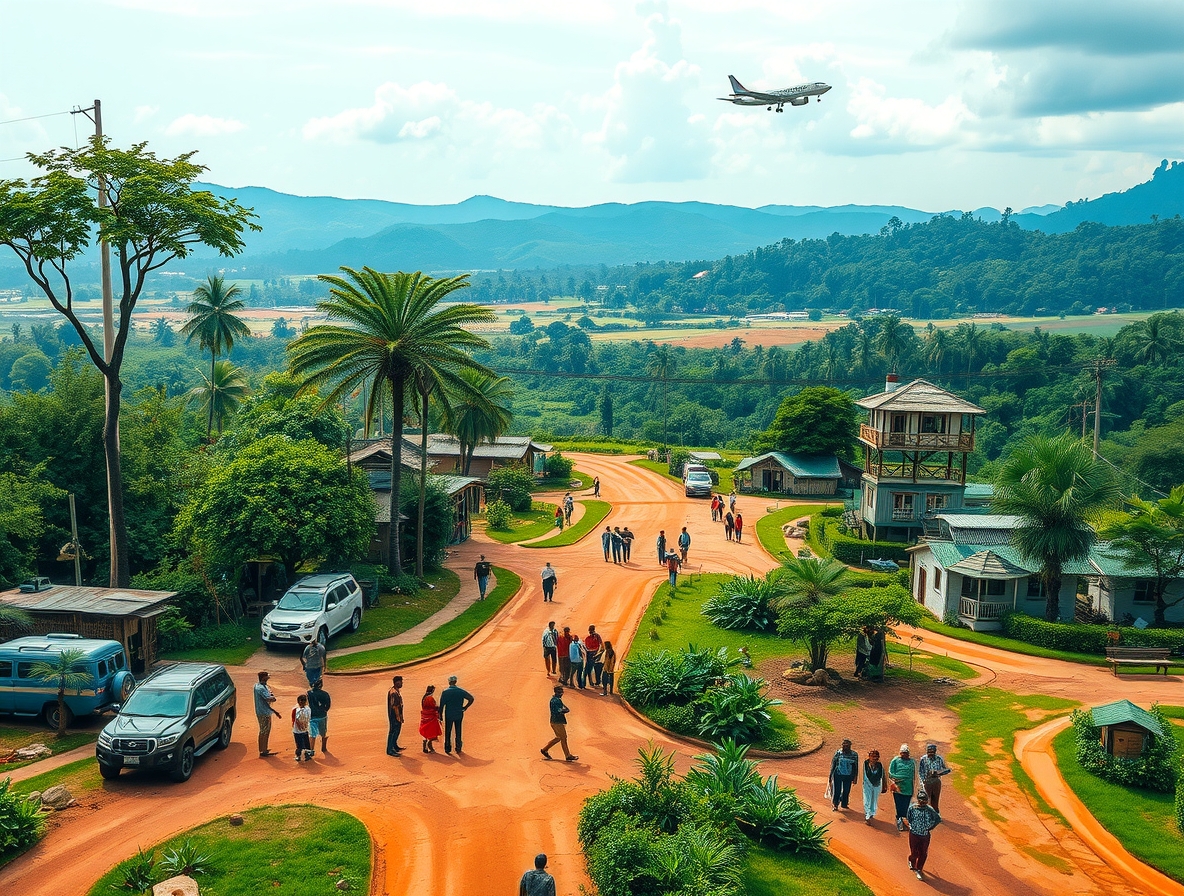
Conclusion
The May 26th to 28th 2025 National Days and Week Observances with Sustainability show how traditions can lead to environmental progress. Events like World Hunger Day’s urban gardening projects and Water Saving Week’s workshops show local efforts can make a big difference. They align with global goals like the 2030 Agenda.
This national days calendar offers chances to celebrate in eco-friendly ways. Samoa’s digital language efforts and Georgia’s upcycled materials in their festivities show we can preserve heritage and protect the planet. Now, leaders and community organizers use these days to share ways to live more sustainably.
Amnesty International Day’s workshops on corporate accountability and UN Economic and Social Council’s urban development guidelines give us steps to follow. Water Saving Week’s appliance demonstrations teach us how our choices can lead to big changes. This shows that what we do at home can help the world.
As these 2025 observances end, we must keep the momentum going. Event planners can use virtual platforms for Non-Self-Governing Territories Week. Cultural organizations can follow the Philippines’ lead with solar-powered flag displays. Keeping track of progress helps ensure sustainability remains a key part of future celebrations.
Every community effort helps bridge tradition and innovation. By seeing cultural events as places to test environmental solutions, we get closer to fair climate action. It’s all about the small steps we take together, one festival, workshop, and campaign at a time.

Key Takeaways
- Late May 2025 features cultural events integrating environmental best practices
- UN sustainability goals shape modern festival planning strategies
- Traditional celebrations now emphasize renewable resource utilization
- Community-driven green initiatives enhance historical commemorations
- Cross-generational programming bridges heritage preservation with eco-education


